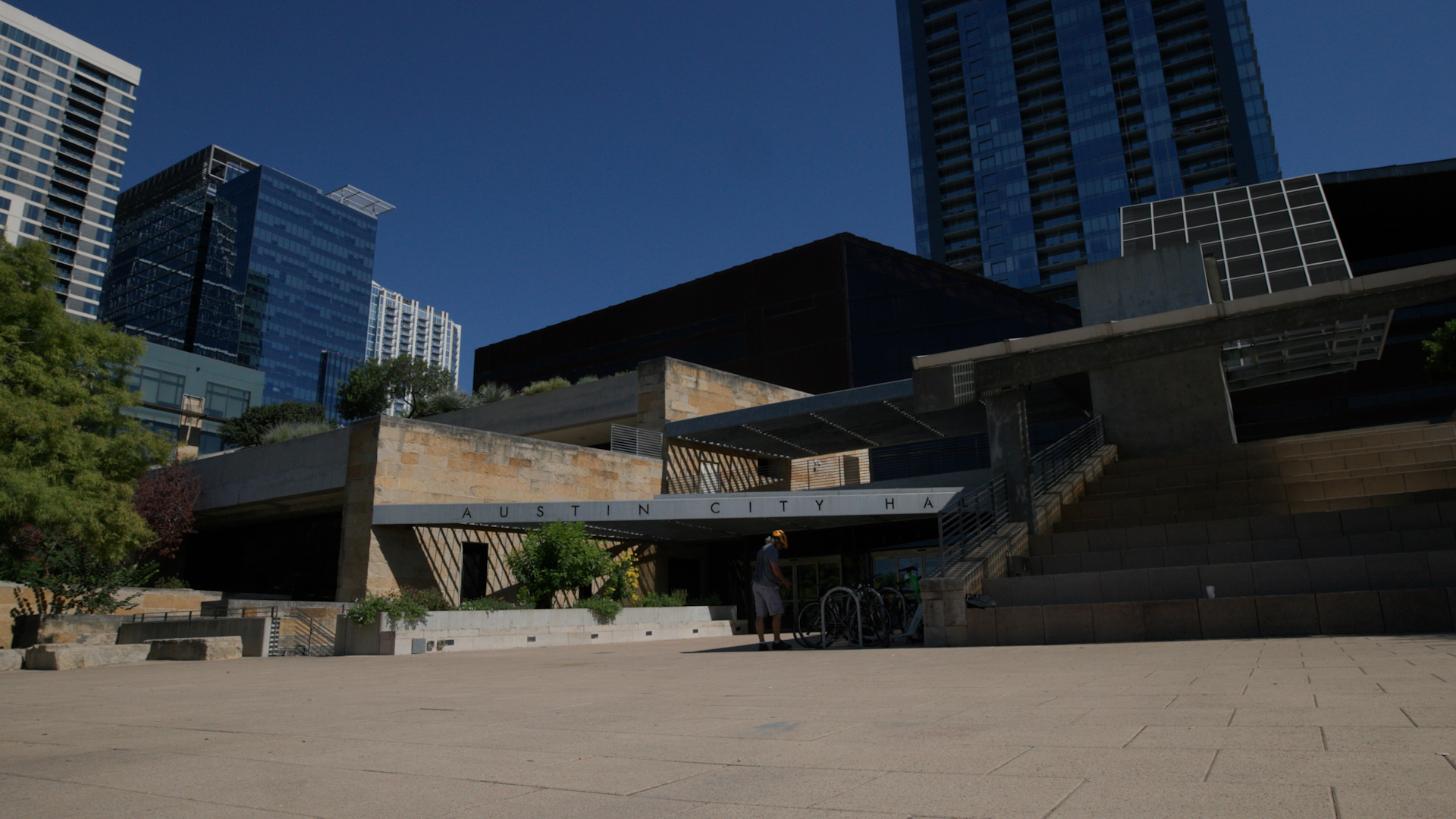
HOME proposal draws a crowd of speakers, both pro and con
This article was originally published by the Austin Monitor. To see the original post, click [here](https://www.austinmonitor.com/stories/2023/10/home-proposal-draws-a-crowd-of-speakers-both-pro-and-con/ "austin monitor home proposal draws crowd").
A total of 297 interested citizens signed up to address a joint meeting of City Council and the Planning Commission on Thursday about proposed changes to the city’s zoning regulations intended to increase the amount of housing available to middle-income residents. Although opponents of the HOME initiative have been loudest in their concerns about what the changes might do to their neighborhoods, there were more supporters of the changes than opponents waiting to speak Thursday afternoon. Approximately 58 percent of those who registered to speak said they were in favor of the changes, while 39 percent were against and about 4 percent were neutral.
Planner Andrea Bates described what is available currently on properties zoned SF-3, the most common zoning category. She explained SF-3 properties can currently include an interior apartment for someone who is disabled or over 60 years old, a separate guest house or an accessory dwelling in addition to a single-family home. Duplexes are allowed on some larger lots but not all.
The HOME proposal would allow up to three homes on properties zoned SF-1, SF-2 and SF-3; remove regulations about accessory apartments and guesthouses; and limit applicability of McMansion standards to lots with just one home. The proposal would also allow tiny homes – generally up to 400 square feet – on those lots. A memo from city staff explained there needed to be more study of proposals concerning recreational vehicles.
After some questions from Council Member Alison Alter and two members of the Planning Commission, Mayor Kirk Watson reminded everyone that the Planning Commission will hold a hearing on the same topic on Nov. 14 and Council will hold a work session on Nov. 28. He asked his colleagues to bring their proposed amendments to the initiative to the work session. Council is currently scheduled to vote on the proposal on Dec. 7.
Watson then opened the floor to speakers.
Those speakers included Anas Daghestani, a doctor and CEO of Austin Regional Clinic. He signed up to speak as neutral, but he was clearly asking Council to take some action to help his staff.
“We provide care to over 650,000 Central Texans and employ over 2,500,” he said. Daghestani thanked the mayor and Council for their efforts, saying lack of affordable housing has become a catastrophe. He said one clinic in Central Austin had to change staff three times, not because there were insufficient employees but because they all asked to be moved to Manor or Hutto or Kyle where they could afford to live.
In addition, Daghestani said ARC had three mammography units – one north, one south and one centrally located. He said so many employees had asked to be transferred from that unit that they finally closed it.
According to the Planning Department presentation, since 2010, “over 66,000 more jobs have been created in Austin than housing units produced. The jobs/housing balance has increased from 1.24 jobs for every housing unit in 2010 to 1.31 in 2022.”
Quoting the American Community Survey for 2010 to 2022, staff reported that the percentage of two-, three- and four-unit housing types has decreased in Austin since 2010, with the number of duplexes declining by 28 percent.
Bruce Greiner, a resident of District 6, said he was opposed to any plan that would allow properties in the SF-1 category to be subdivided for additional housing. He described his Spicewood Estates neighborhood as idyllic. He said he and his wife purchased the property because the area offers “lawns, trees and uncongested streets,” as well as a safe environment for their children. He said he believes that adoption of the proposed zoning changes would “destroy neighborhoods across the city.” He said that he was also concerned about Council’s recent decision to eliminate parking requirements. In addition, Greiner said he had not seen any study about how the proposed changes would impact neighborhoods in terms of school capacity, infrastructure, traffic, public safety, biking and environmental concerns. He concluded, “I’m confident that if you asked a homeowner in an SF-1 subdivision if they would want to see their neighbor’s house demolished and replaced by three or more individual units, they would respond ‘Heck, no.’”
On the other side, Jeremy Hendricks of LiUNA, the Laborers’ International Union of North America, spoke about how difficult it is for the workers who build Austin’s buildings and streets to find a place to live. He noted that he is also secretary of the Windsor Hills Neighborhood Association. He said he came to support the HOME act to help construction workers, “who are struggling terribly” with rising rents and mortgages. “Construction workers are essential workers to the future of Central Texas, but sadly our workers are unable to afford to live in the city they proudly work to build and maintain. This housing crisis is making it more and more difficult to find the skilled workers needed to keep our building boom going. So the need for passage of the HOME act is critical and urgent to address the shortage of affordable housing.”
As of last night, speakers were continuing to tell Council how they felt about the status quo and about proposed changes. Staff from the Planning Department were in the atrium at City Hall to help answer questions. The city is planning another informational session from 6 to 8 p.m. Nov. 6 at the Central Library, 710 West Cesar Chavez St.
Community journalism doesn’t happen without community support.
Got story ideas, advice on how we can improve our reporting or just want to know more about what we do? Reach out to us at news@klru.org.
And if you value this type of reporting, then please consider making a donation to Austin PBS. Your gift makes the quality journalism done by the Decibel team possible. Thank you for your contribution.
More in Politics:
See all Politics posts





Contact Us
Email us at news@klru.org